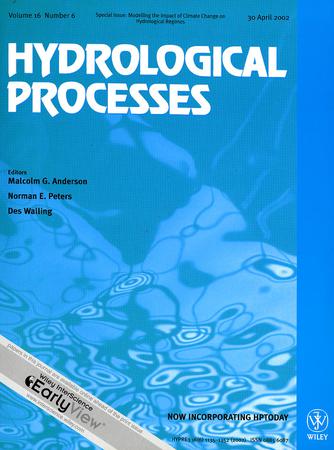The paper presents oxygen and hydrogen isotopes of 284 precipitation event samples systematically collected in Irkutsk, in the Baikal region (southeast Siberia), between June 2011 and April 2017. This is the first high‐resolution dataset of stable isotopes of precipitation from this poorly studied region of continental Asia, which has a high potential for isotope‐based palaeoclimate research. The dataset revealed distinct seasonal variations: relatively high δ18O (up to −4‰) and δD (up to −40‰) values characterize summer air masses, and lighter isotope composition (−41‰ for δ18O and −322‰ for δD) is characteristic of winter precipitation. Our results show that air temperature mainly affects the isotope composition of precipitation, and no significant correlations were obtained for precipitation amount and relative humidity. A new temperature dependence was established for weighted mean monthly precipitation: +0.50‰/°C (r2 = 0.83; p <.01; n = 55) for δ18O and +3.8‰/°C (r2 = 0.83, +p < 0.01; n = 55) for δD. Secondary fractionation processes (e.g., contribution of recycled moisture) were identified mainly in summer from low d excess. Backward trajectories assessed with the Hybrid Single‐Particle Lagrangian Integrated Trajectory (HYSPLIT) model indicate that precipitation with the lowest mean δ18O and δD values reaches Irkutsk in winter related to moisture transport from the Arctic.
Precipitation originating from the west/southwest with the heaviest mean isotope composition reaches Irkutsk in summer, thus representing moisture transport across Eurasia. Generally, moisture transport from the west, that is, the Atlantic Ocean predominates throughout the year. A comparison of our new isotope dataset with simulation results using the European Centre/Hamburg version 5 (ECHAM5)‐wiso climate model reveals a good agreement of variations in δ18O (r2 = 0.87; p <.01; n = 55) and air temperature (r2 = 0.99; p <.01; n = 71). However, the ECHAM5‐wiso model fails to capture observed variations in d excess (r2 = 0.14; p < 0.01; n = 55). This disagreement can be partly explained by a model deficit of capturing regional hydrological processes associated with secondary moisture supply in summer.


